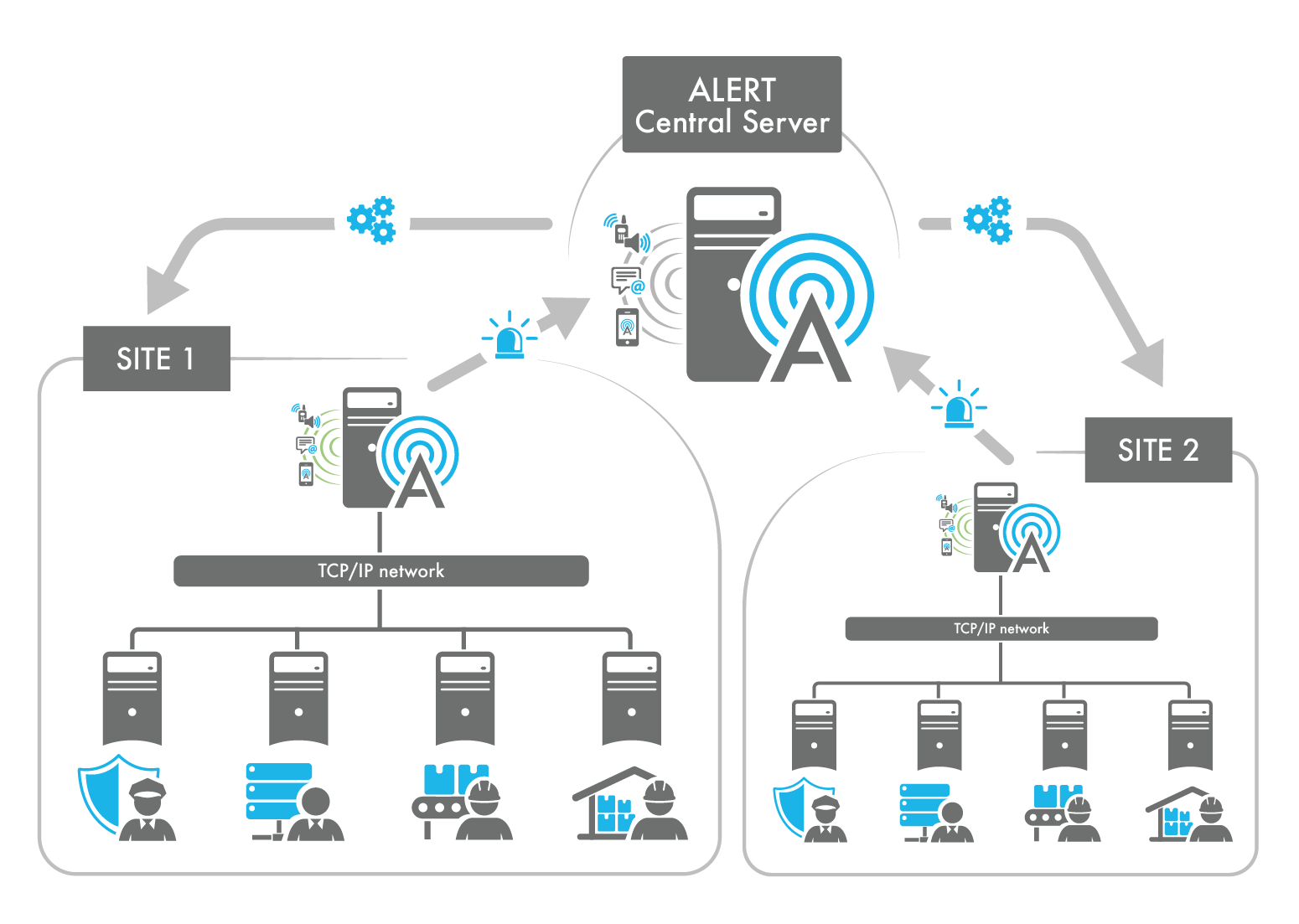Heterogeneous environments
Keeping a close eye on a facility's production line, technical equipment, IT network and buildings, while keeping employees safe, is a mission-critical challenge. : Improving safety and productivity across your site may be influenced by a wide range of factors.

